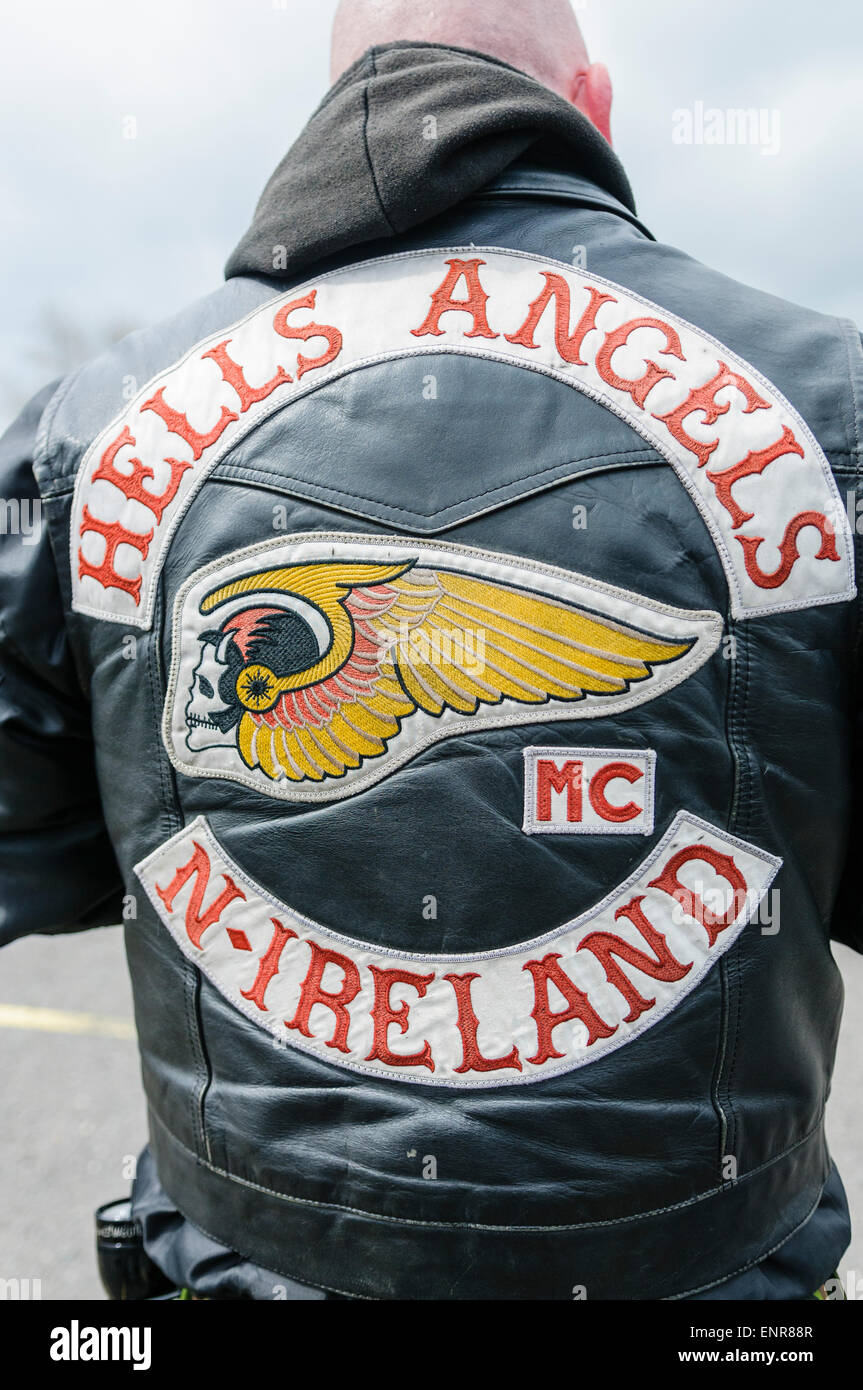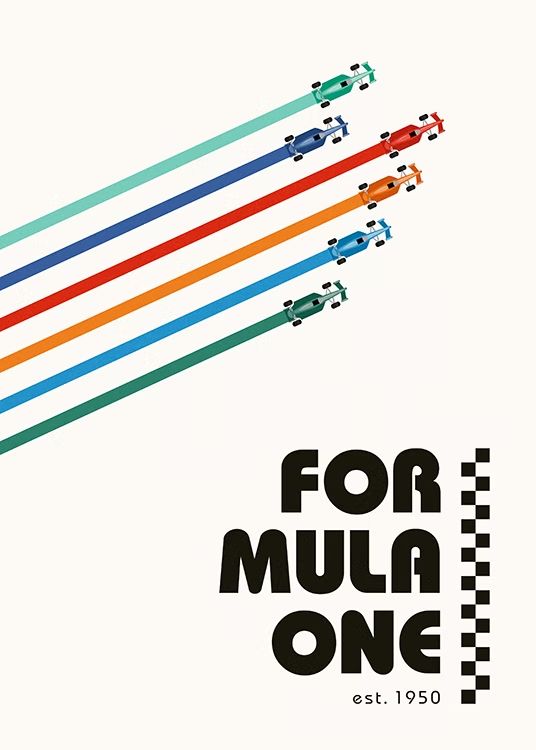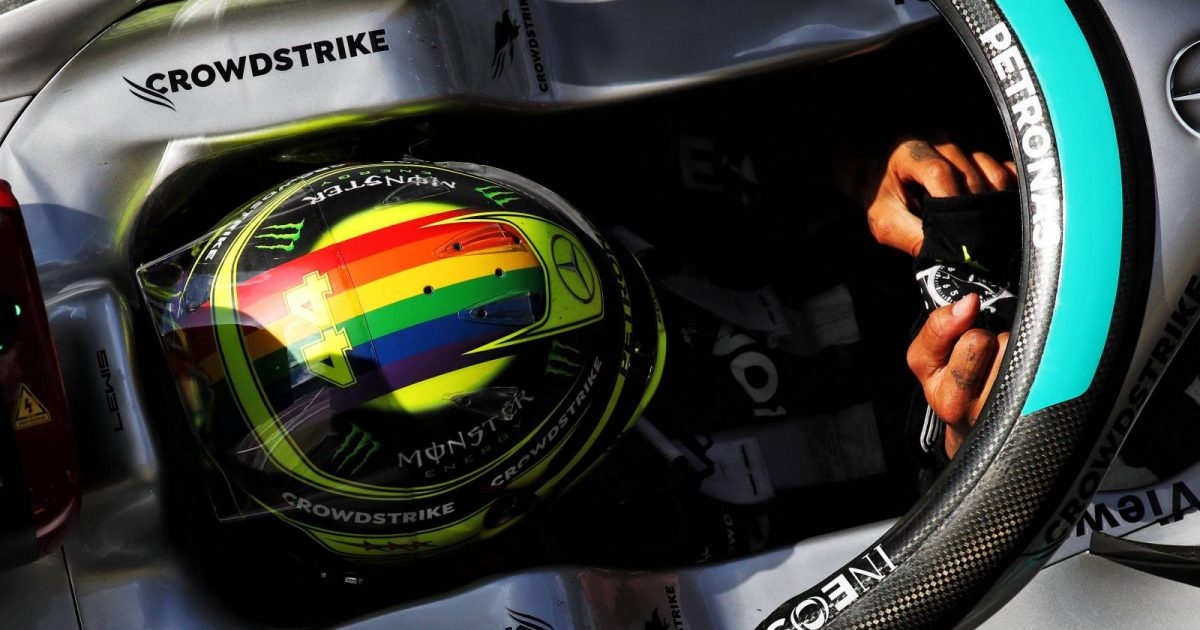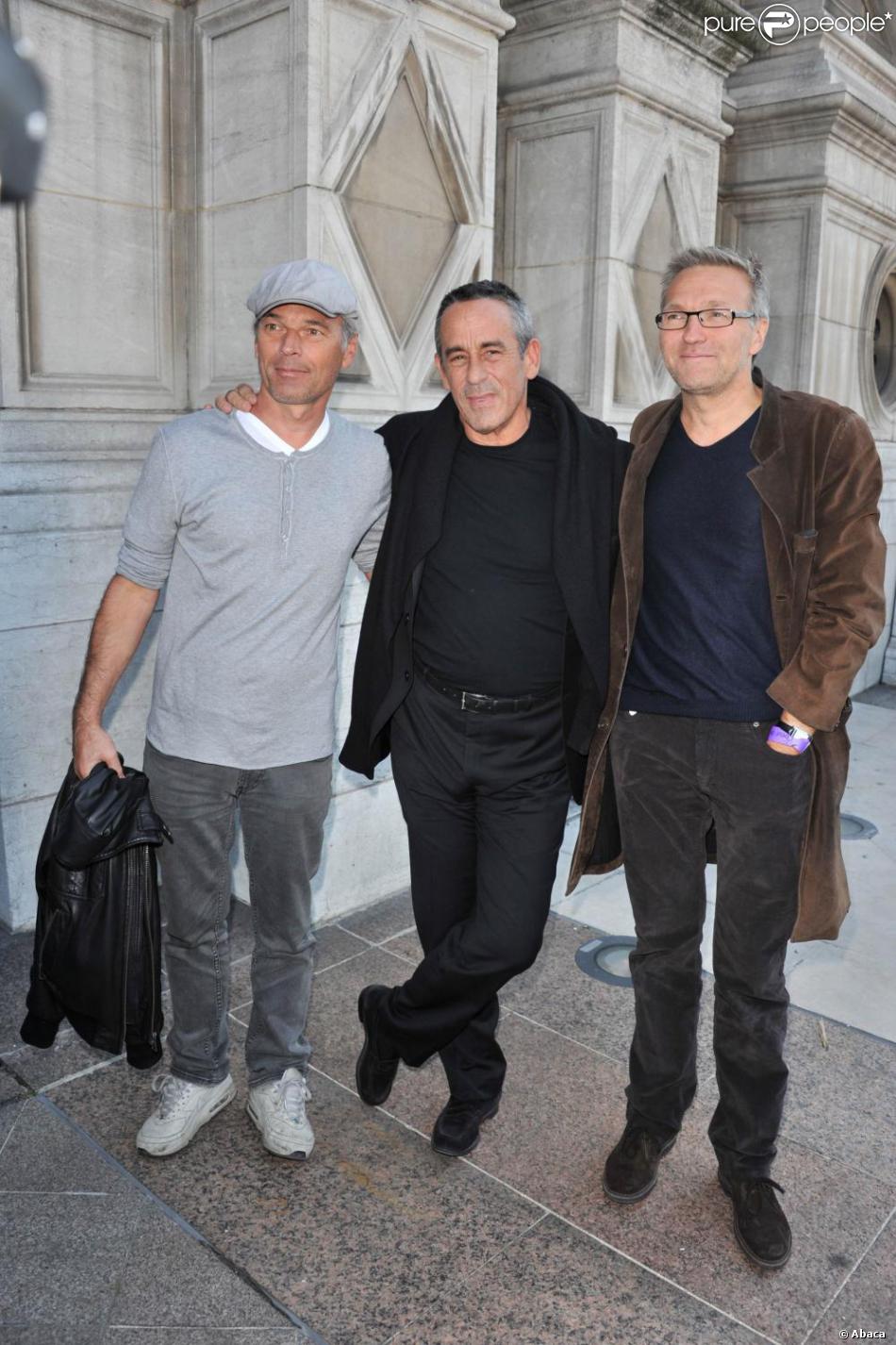Hells Angels: Unmasking The Motorcycle Club

Table of Contents
History and Origins of the Hells Angels
The Hells Angels' story begins in 1948 in San Bernardino, California. This founding moment, far from a meticulously planned operation, was more of a loose amalgamation of existing biker groups, initially focused on motorcycle racing and camaraderie. Early members, many veterans of World War II, sought a sense of brotherhood and rebellion against societal norms. The club's image evolved dramatically over the decades, moving from a relatively localized group to a globally recognized, and often feared, organization.
- Founding Year and Location: 1948, San Bernardino, California.
- Early Member Profiles: Primarily veterans, attracted by the freedom and camaraderie of biker culture.
- Initial Activities: Motorcycle racing, bar fights, and early instances of petty crime.
- Early Conflicts and Rivalries: Early clashes with other motorcycle clubs set the stage for future conflicts and cemented their reputation for violence.
The evolution of the Hells Angels is marked by periods of growth, internal conflict, and increasing involvement in criminal activities. This transformation significantly shaped their public image and cemented their position in the annals of organized crime.
Structure and Organization of the Hells Angels
The Hells Angels boast a hierarchical structure, mirroring many other organized crime syndicates. The organization operates on a chapter-based system, with individual chapters spread across numerous countries. Each chapter has a defined leadership structure, typically including a President, Vice President, Sergeant-at-Arms, and various other officers responsible for specific tasks. This complex organizational structure allows for a degree of autonomy at the chapter level while maintaining a centralized control mechanism.
- Chapter Organization: Independent chapters reporting to regional and national leadership.
- Charter System: Formal charters grant each chapter legitimacy within the broader organization.
- Communication Methods: A combination of in-person meetings, encrypted communication channels, and informal networks.
- Leadership Succession: Typically determined through internal processes, often involving seniority and loyalty.
This rigid structure and sophisticated communication channels facilitate the coordination of activities, both legal and illegal, across vast geographical areas. The Hells Angels hierarchy is instrumental to their ongoing operation and longevity.
Activities and Criminal Enterprises
The Hells Angels are involved in a range of activities, some legitimate and some deeply criminal. While the club may present a façade of motorcycle enthusiasts, extensive evidence links them to organized crime, including drug trafficking, weapons smuggling, extortion, and money laundering. These activities are often intricately woven together, generating significant financial resources for the organization. Law enforcement agencies worldwide continue to monitor and investigate the club’s diverse operations.
- Documented Criminal Activities: Extensive evidence of involvement in drug trafficking, arms dealing, and violent crimes.
- Legal Challenges: Numerous successful prosecutions against members for various criminal offenses.
- Government Crackdowns: Ongoing law enforcement efforts to dismantle the organization's operations.
- Economic Activities (Legitimate Businesses): Some chapters have been linked to legitimate businesses, often used to launder money or provide a cover for criminal activities.
Understanding the Hells Angels' financial model is crucial to understanding their resilience and ability to operate across borders.
Public Perception and Media Portrayal
The Hells Angels have been frequently depicted in popular culture, often portrayed as violent, ruthless criminals. This image, while partially reflecting documented criminal activity, doesn't fully capture the complexity of the organization or its internal dynamics. The club itself often attempts to control its public image, using carefully crafted messaging and promotional materials. However, these attempts often clash with the reality revealed by law enforcement investigations and media reports.
- Media Stereotypes: Common portrayals often focus on violence, criminality, and a rebellious ethos.
- Public Perception Surveys: Public opinion polls consistently show a negative perception of the Hells Angels.
- Influential Films and Books: Numerous films and books have portrayed the Hells Angels, often sensationalizing their activities.
- The Club's Attempts to Control Their Image: The club actively works to present a more positive image, often clashing with their reality.
This ongoing struggle between the Hells Angels' self-image and public perception highlights the challenges faced by any organization attempting to control its narrative in the face of contradictory evidence.
Law Enforcement and Hells Angels
Law enforcement agencies worldwide face a significant challenge in investigating and disrupting the Hells Angels' operations. The club's hierarchical structure, encrypted communication, and extensive networks make infiltration difficult. However, strategies like undercover operations, wiretaps, and international cooperation have led to some successes in dismantling individual chapters and prosecuting members for various crimes.
- Law Enforcement Strategies: A combination of undercover investigations, surveillance, and financial investigations.
- Successful Prosecutions: Significant legal victories have resulted in convictions for various criminal offenses.
- International Cooperation: International collaboration is crucial in tackling the transnational nature of the organization.
- Challenges in Infiltration and Investigation: The club's secrecy and tight-knit structure hinder effective investigation.
The ongoing cat-and-mouse game between law enforcement and the Hells Angels is a testament to the challenges involved in combating sophisticated, internationally organized criminal enterprises.
Conclusion
The Hells Angels Motorcycle Club represents a complex and multifaceted organization with a long and controversial history. Their hierarchical structure, involvement in organized crime, and carefully cultivated image make them a subject of ongoing scrutiny by law enforcement and public fascination. Understanding the Hells Angels requires a careful consideration of their multifaceted history and ongoing activities. Continue your exploration of the Hells Angels Motorcycle Club to gain a comprehensive understanding of this complex organization.

Featured Posts
-
 Southern Vacation Destination Addresses Safety Concerns Following Shooting Incident
May 26, 2025
Southern Vacation Destination Addresses Safety Concerns Following Shooting Incident
May 26, 2025 -
 The Post 40 Performance Of Formula 1 Icons
May 26, 2025
The Post 40 Performance Of Formula 1 Icons
May 26, 2025 -
 New Findings Prompt Mercedes Investigation Into Lewis Hamilton
May 26, 2025
New Findings Prompt Mercedes Investigation Into Lewis Hamilton
May 26, 2025 -
 Ftc Launches Investigation Into Open Ai And Chat Gpt
May 26, 2025
Ftc Launches Investigation Into Open Ai And Chat Gpt
May 26, 2025 -
 La Tension Monte Entre Ardisson Et Baffie Essaie De Parler Pour Toi
May 26, 2025
La Tension Monte Entre Ardisson Et Baffie Essaie De Parler Pour Toi
May 26, 2025
